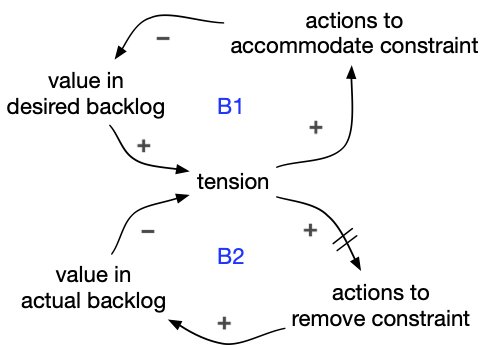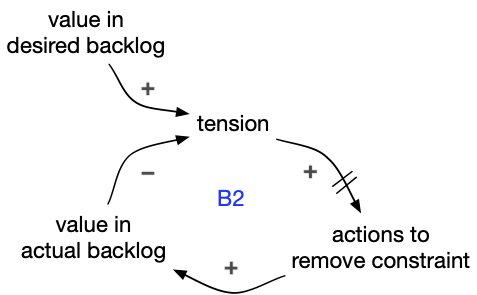Large Scale Scrum
http://less.works
(Originally published by Lv Yi on Oct 3, 2019)
How could we create a path of least resistance towards one backlog?
Assuming that multiple teams are working on the same product, the following is a typical conversation between me and a friend in the community or a client in an organization or a student in my class.
[me] Do you have one product backlog?
[friend] Yes, we do.
[me] How do you create this one backlog?
[friend] We collect every team’s backlog to make one backlog.
This is NOT one product backlog, but a collection of multiple product backlogs. They are not the same thing, as one product backlog means to prioritize as a whole, while a collection means to prioritize separately.
[friend] But, if we prioritize as a whole, we will find that some teams may need to work in domains that they are not familiar with. Though we wish to have one backlog, we currently still have that constraint.
[me] So then?
[friend] We have to take our constraint into account when creating the actual backlog.
That way the collection becomes the actual one backlog. In this solution, we accommodate the constraint when creating the actual backlog, and further consider it as the desired backlog. It is illustrated by the B1-loop in the following diagram.

[Note: The meaning of “value in desired backlog” and “value in actual backlog” is the prospective value that may be obtained by delivering those items in the backlog.]
Meanwhile, as the tension caused by the gap between desired backlog and actual backlog goes away, the fundamental solution of removing the constraint, illustrated by B2-loop, does not move forward. Thus, the constraint will stay forever. This creates the “eroding goals” dynamic. For more information, please refer to “Drifting goals: the ‘boiled frog’ syndrome”.
[friend] What to do instead?
[me] Maintain the desired backlog in order to keep the tension
Let’s maintain two backlogs – desired backlog and actual backlog, so that the tension is kept. This avoids “eroding goals” and creates the path of least resistance towards one backlog.

The same dynamic may exist in one-team context too, though it is rarer than in multi-team context.
Sometimes we may accommodate the constraint from team members when creating the actual backlog and mistake it for the desired backlog.
In that case, maintaining the unconstrained desired backlog keeps the tension, thus creating the path of least resistance towards the real one backlog for one team.
Here are some further thoughts on the path of least resistance.
1. Personal vision
In fact, the path of least resistance is the name of a book about personal mastery, which is one of the five disciplines for organizational learning.
What do you want to create? That is your personal vision. The gap between the personal vision and the current reality provides creative tension, thus creating the path of least resistance.
2. Organizational vision
Not surprisingly, another discipline for organizational learning is shared vision. What does an organization want to create? The resulting creative tension creates the path of least resistance too.
This is similar to what I wrote in the article “from change resistance to limits to growth” – create the common goal to be higher than status quo, in order to avoid the change resistance.